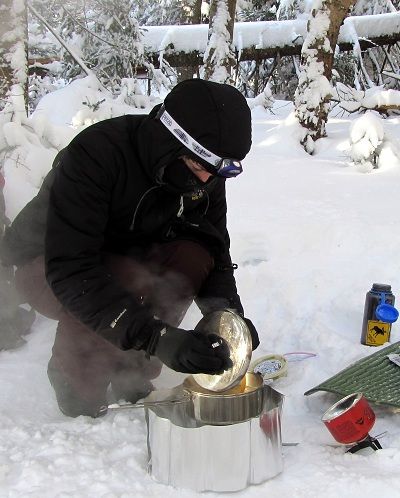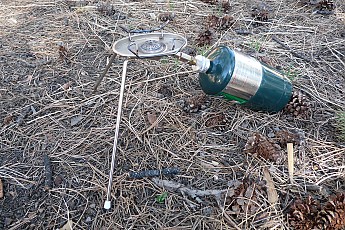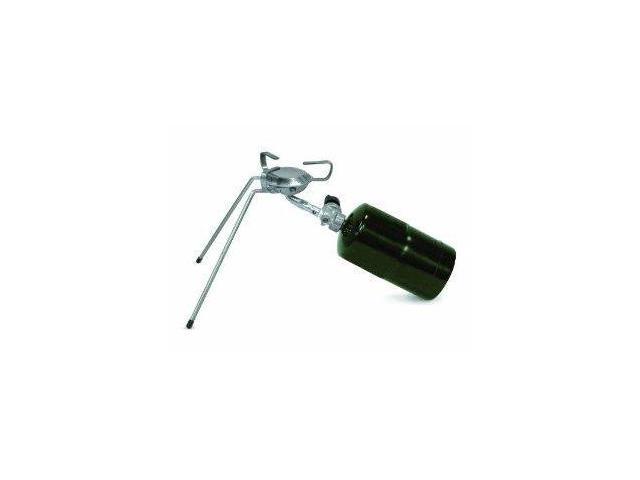Note that there is a significant difference between an upright canister stove and an inverted canister stove.
The upright canister evaporates the fuel in the canister which cools it down and reduces the vapor pressure. If you are using a mixed propane-butane fuel, the propane (higher vapor pressure) evaporates off first leaving you with a pure butane (lower vapor pressure) fuel for the final bit.
In contrast, the inverted canister stove is a
liquid fuel stove--the evaporation occurs in the burner (just like a gasoline stove) and therefore it can be used to lower temps than the upright canister stove because the canister is not actively cooled during operation. The mixed fuel also stays mixed to the end which also improves low temp performance. (I've never used one--I presume it requires priming, just like a gasoline stove.)
There used to be a propane backpacking stove (the "Grasshopper"), but propane requires a heavier canister due to the high vapor pressure. It would presumably operate to a lower temp than the equivalent butane stove.
IMO, gasoline (or kerosene outside of North America) is the best fuel for winter use. It operates well at all temps found in the NE (and much colder...). The better winter stoves have pumps and keep the fuel cold--such stoves are very easy to prime.
FWIW I use gasoline (Coleman fuel) in winter. My stove (MSR model G, predecessor to the XGK) is easy to prime, easy to use, has a good windscreen, and produces lots of heat for melting snow and cooking. I can also top off my fuel bottle before starting (ie no partially used canisters).
BTW, fuel names can be ambiguous: see the Fuel FAQ
http://fuel.papo-art.com/
Note: make sure you know how to melt snow without melting your pot...
Doug



